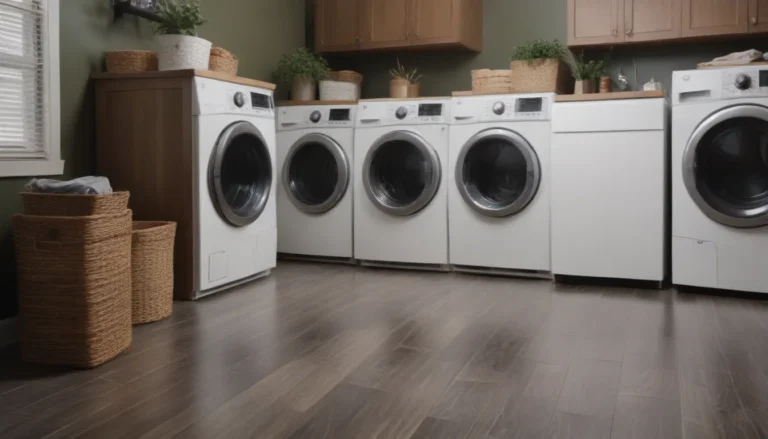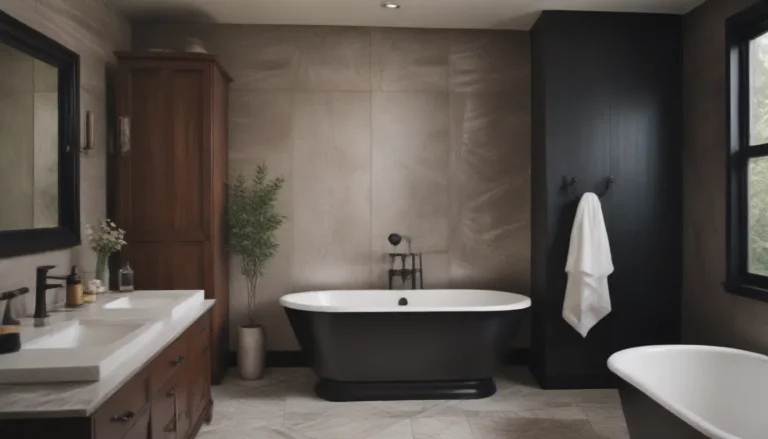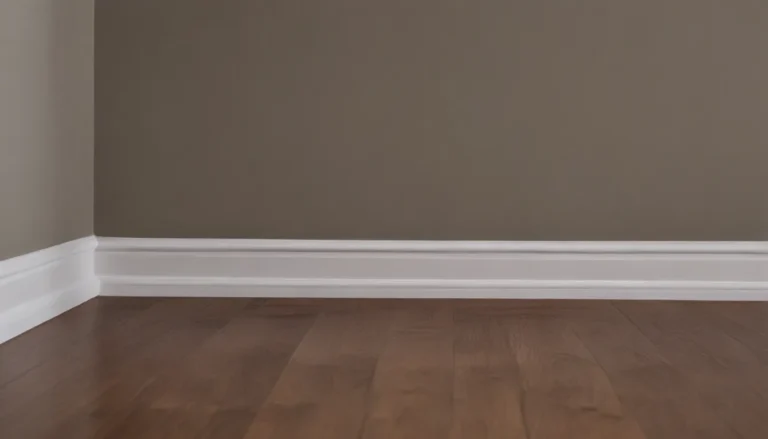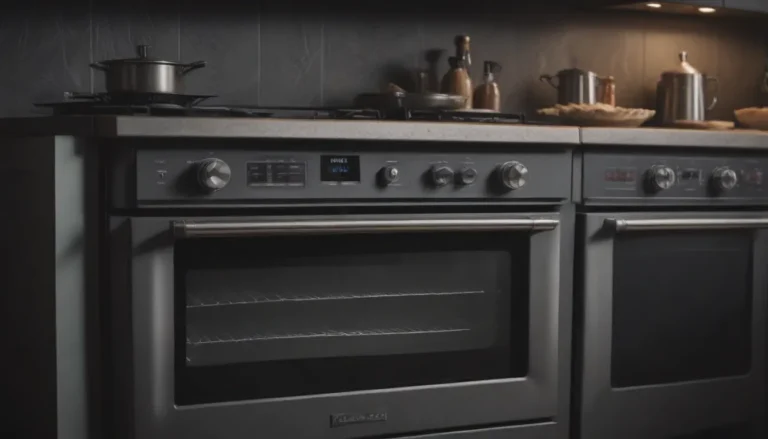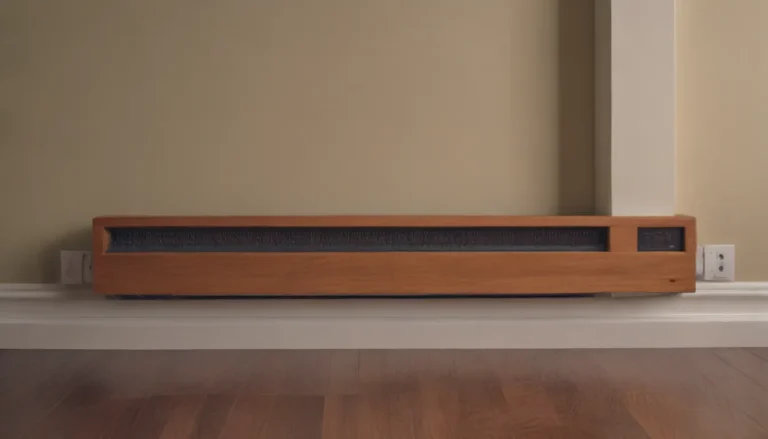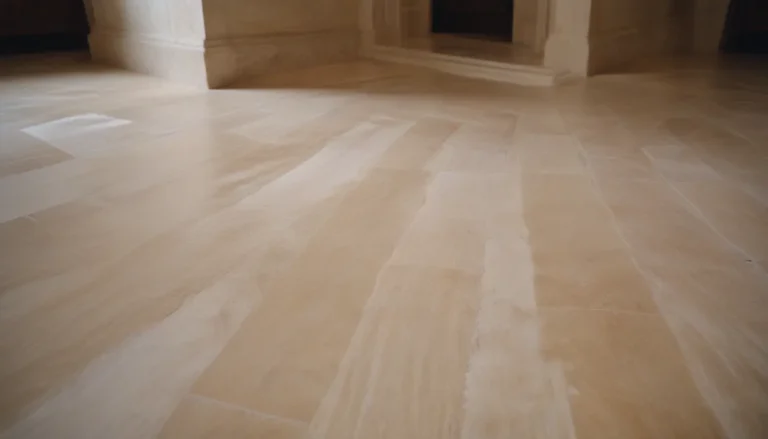Understanding the Different Types of Electrical Boxes for Your Home Wiring Projects

When it comes to working on your home’s electrical system, understanding the different types of electrical boxes available is crucial. Electrical boxes are essential components that house wire connections to protect them from short circuits. With a wide variety of options available, it can be overwhelming to know which type of box is best for each job. Whether you are a seasoned DIYer or just starting out, knowing the differences between metal and plastic boxes, standard rectangular boxes, gangable boxes, round pan boxes, octagon and round boxes, ceiling fan-rated boxes, 4-inch square boxes, junction boxes, electrical box covers, outdoor electrical boxes, and box extenders is important for ensuring the safety and functionality of your electrical system.
Metal vs. Plastic Electrical Boxes
- Best for: Both metal and plastic boxes have their own advantages and are suitable for different applications.
- Metal Boxes: Made of steel, these boxes are durable, fireproof, and secure. They are required if you are using metal conduit for wiring.
- Plastic Boxes: Generally cheaper, plastic boxes often include built-in clamps for wires. Suitable for non-metallic cables such as Type NM-B.
Metal boxes are more commonly used for their durability and fireproof properties, while plastic boxes are a cost-effective option with built-in wire clamps for added convenience.
Standard Rectangular Boxes
- Best for: Single light fixture switches and outlet receptacles.
- Size: Typically 2 x 4 inches with depths ranging from 1 1/2 inches to 3 1/2 inches.
- Variety: Available in “new work” and “old work” designs, with some being gangable for larger installations.
- Material: Can be metallic or non-metallic, with metal boxes being more durable.
Standard rectangular boxes are versatile and affordable options for various home wiring projects, providing the necessary space for switches and outlets.
2-Gang, 3-Gang, and 4-Gang Boxes
- Best for: Mounting multiple switches and outlets side-by-side.
- Variety: Available in various sizes and designs, with some having built-in cable clamps.
- Material: Made of galvanized steel or plastic, with options for gangable designs.
Gangable electrical boxes are oversized to accommodate multiple devices, providing flexibility for larger installations while maintaining durability.
Round Pan Electrical Boxes
- Best for: Ceiling- or wall-mounted light fixtures weighing up to 50 pounds.
- Depth: Shallow circular boxes that can be 1/2 inch or 3/4 inch deep.
- Material: Available in plastic or metal variants.
Round pan boxes are ideal for lightweight fixtures, offering a compact design for efficient wire connections without excess depth.
Octagon and Round Electrical Boxes
- Best for: Ceiling- or wall-mounted light fixtures up to 50 pounds.
- Depth: Deeper than round pan boxes, providing more wiring space.
- Material: Available in both metal and plastic options.
Octagon and round boxes offer increased depth for accommodating heavier fixtures while providing ample space for wire connections and junctions.
Ceiling Fan-Rated Electrical Box
- Best for: Ceiling fans up to 70 pounds or light fixtures up to 90 pounds.
- Variety: Available in different sizes, including shallow and standard-depth boxes.
- Material: Made of metal or durable plastic.
Ceiling fan boxes are specially designed to support the weight of ceiling fans and heavy light fixtures, ensuring safe and secure installations.
Tip: Always use UL-listed ceiling fan boxes labeled “For Use With Ceiling Fans” for mounting ceiling fans to withstand dynamic loading.
4-Inch Square Box
- Best for: Providing ample space for multiple conductors and connectors.
- Depth: Standard depths of 1 1/4 to 2 1/8 inches.
- Function: Used for junctions, lighting fixtures, switches, and receptacles.
Square boxes offer maximum volume for wiring connections, making them ideal for junctions, lighting installations, and housing switches or receptacles.
Junction Box
- Best for: Enclosing wire splices in a safe and secure manner.
- Type: Standard electrical boxes used for junctions, often 4-inch square boxes.
- Function: Provide ample space for wire connections with multiple wires or cables.
Junction boxes are essential for safely enclosing wire splices, ensuring that connections are secure and protected within the electrical system.
Tip: Install junction boxes in accessible locations to facilitate maintenance and repairs in the future.
Electrical Box Covers
- Best for: Enclosing the front of electrical boxes as required by code.
- Variety: Available in different sizes, shapes, and materials to match various box types.
- Function: Ensure safety and compliance by covering exposed electrical boxes.
Electrical box covers are essential for enclosing and protecting the front of electrical boxes, providing a finished look and ensuring safety compliance.
Outdoor Electrical Box
- Best for: Mounting outdoor receptacles and light fixtures for exterior applications.
- Type: Weatherproof enclosures designed for outdoor installations.
- Material: Made of high-impact PVC for plastic boxes or aluminum for metal boxes.
Outdoor electrical boxes are designed for mounting to exterior surfaces, providing weatherproof enclosures for outdoor outlets and lighting fixtures.
Box Extenders
- Best for: Increasing box capacity or extending boxes to flush with the surface.
- Variety: Available in different sizes and shapes to match standard electrical boxes.
- Function: Install onto the front of electrical boxes for added space or flush installation.
Box extenders are useful for increasing the capacity of electrical boxes or bringing them flush with the surface material, ensuring proper connections and installations.
Choosing the Right Electrical Box
When selecting an electrical box for your wiring project, it’s crucial to consider the type of box needed for the specific application. Whether you’re mounting light fixtures, switches, receptacles, or ceiling fans, using the appropriate electrical box ensures safety and functionality within your electrical system. Consulting with an electrician or a knowledgeable professional at your local hardware store can provide guidance on selecting the right type of box for your project.
In addition to choosing the correct box type, determining whether you need an “old work” or “new work” electrical box is important. While “old work” boxes are used for replacements and attach to wall coverings, “new work” boxes are suitable for new installations directly onto studs.
By understanding the various types of electrical boxes available and their specific applications, you can confidently tackle your home wiring projects with the right tools and equipment. Remember to prioritize safety and compliance by using the appropriate electrical boxes for your installations, ensuring a reliable and efficient electrical system in your home.
With this comprehensive guide to the different types of electrical boxes, you are now equipped with the knowledge to make informed decisions for your home wiring projects. Whether you are a DIY enthusiast or a professional electrician, having a thorough understanding of electrical boxes is essential for safe and successful installations. So, the next time you embark on a wiring project, you can confidently choose the right electrical box for the job!
